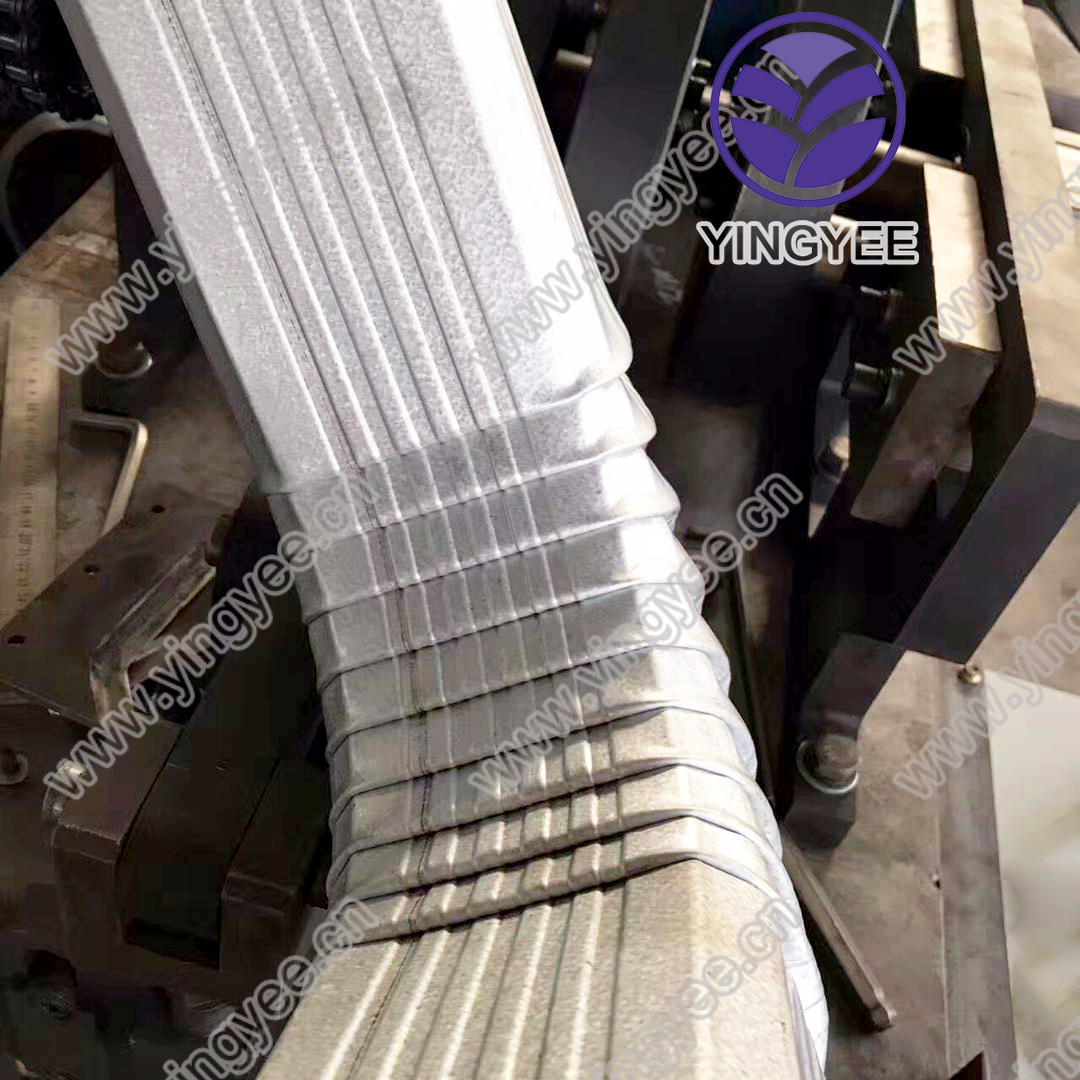
The Evolution of C/Z Purlin Automatic Lines Enhancing Efficiency in Steel Fabrication
In the realm of steel construction, purlins play a significant role in providing structural support for roofs and walls. Among the various types of purlins, C and Z purlins are the most commonly used due to their effective load-bearing capabilities and ease of installation. As the demand for efficient and precision-driven manufacturing processes in the construction industry continues to rise, the advent of C/Z purlin automatic lines has revolutionized the way these structural components are produced.
C/Z purlin automatic lines are specialized systems designed for the rapid and efficient production of C and Z-shaped purlins. These automated lines integrate cutting-edge technology to streamline the manufacturing process, significantly reducing the time and labor required for traditional production methods. The automation of purlin production not only enhances operational efficiency but also ensures consistent quality and precision in the finished products.
The Evolution of C/Z Purlin Automatic Lines Enhancing Efficiency in Steel Fabrication
Moreover, the integration of computer numerical control (CNC) technology in C/Z purlin automatic lines has further optimized production efficiency. CNC systems enable precise control over cutting, bending, and punching operations, minimizing human error and material waste. This level of accuracy is crucial in construction applications, where even minor deviations can lead to significant structural issues. By eliminating inconsistencies, automatic lines contribute to higher safety standards in building projects.

In addition to enhancing precision and efficiency, C/Z purlin automatic lines also promote sustainability within the steel fabrication industry. Traditional manufacturing methods often result in a considerable amount of scrap material, which can be detrimental to both the environment and operating costs. Automatic production lines are designed to minimize waste, utilizing advanced nesting algorithms and optimized cutting patterns to maximize material usage. This not only reduces costs associated with raw materials but also aligns with the growing emphasis on sustainable practices in construction.
Furthermore, the shift towards automatic production lines reflects the broader trends in the global construction industry, which is increasingly leaning towards automation and digitalization. The incorporation of Industry 4.0 principles, such as the Internet of Things (IoT) and artificial intelligence (AI), into C/Z purlin production lines is becoming more commonplace. These technologies facilitate predictive maintenance, data analytics, and integration with supply chain systems, resulting in more intelligent and responsive manufacturing environments.
Despite the many benefits of C/Z purlin automatic lines, the initial investment in such advanced technology can be significant. However, the return on investment often justifies the costs, given the long-term gains in productivity, quality, and sustainability. Companies that adopt these systems are likely to enhance their competitive edge in an increasingly crowded marketplace.
In conclusion, C/Z purlin automatic lines represent a significant advancement in the steel fabrication sector, transforming how purlins are produced and utilized in construction projects. By combining efficiency, precision, and sustainability, these automated systems not only reduce production time and costs but also contribute to higher quality standards in the final products. As the construction industry continues to evolve, the integration of advanced technologies such as automatic purlin lines will play a pivotal role in shaping the future of steel construction, allowing builders to meet the demands of modern architectural designs while ensuring safety and sustainability. As this technology matures, we can expect even more innovative developments that will further enhance the productivity and effectiveness of steel fabrication in a rapidly changing world.